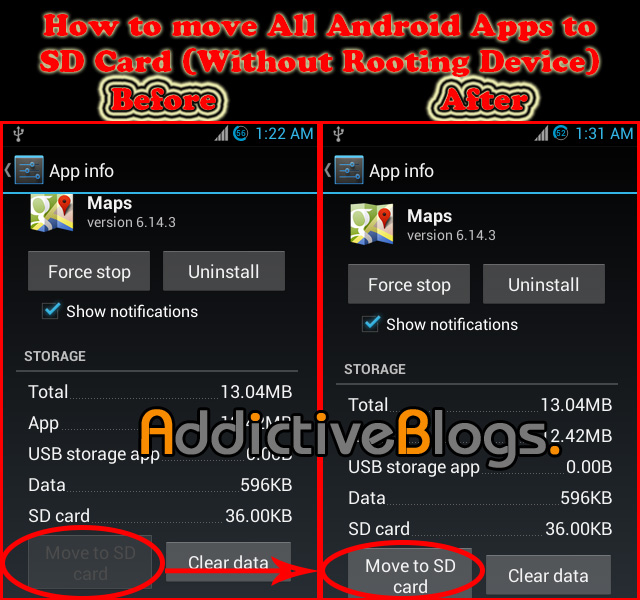The database landscape has evolved significantly over the years, with relational databases being the cornerstone of data management for decades. However, with the rise of big data and the need for flexible, scalable solutions, NoSQL databases have gained prominence. If you’re a developer, architect, or business leader, understanding the differences between Relational vs NoSQL Databases is crucial to making informed decisions for your projects. This article delves into the core distinctions, advantages, and disadvantages of each database type, helping you decide which one is right for your specific needs.
Section 1: Overview of Relational Databases
What Are Relational Databases?
Relational databases are structured databases that store data in predefined tables consisting of rows and columns. Each table represents a different entity, and relationships between tables are established through foreign keys. Relational databases follow a strict schema, ensuring that the data adheres to specific formats and constraints.
Case Study: Relational Databases in Financial Institutions
Consider a banking system where customer information, account details, and transaction records are stored in different tables. A relational database like Oracle or MySQL is ideal here because it ensures data consistency and integrity, which are critical in financial transactions. The ACID (Atomicity, Consistency, Isolation, Durability) properties of relational databases ensure that even in the event of a system failure, transactions are either fully completed or not executed at all, preventing data corruption.
Key Features of Relational Databases
- Structured Data Storage: Data is stored in tables with a fixed schema, making it easier to organize and retrieve.
- SQL Query Language: Structured Query Language (SQL) is used for querying and managing the database.
- Data Integrity and Consistency: Relational databases enforce data integrity through constraints and relationships.
- ACID Compliance: Ensures reliable transaction processing and data integrity.
Advantages of Relational Databases
- Consistency: Relational databases are highly consistent, making them ideal for applications where data accuracy is paramount.
- Complex Querying: SQL allows for complex queries, joins, and aggregations, making it easy to analyze and retrieve specific data.
- Mature Technology: Relational databases have been around for decades, with extensive community support and documentation.
Disadvantages of Relational Databases
- Scalability Issues: Scaling a relational database horizontally (across multiple servers) can be challenging and costly.
- Rigid Schema: The fixed schema can be a limitation when dealing with unstructured or rapidly changing data.
- Performance: As data grows, complex queries and joins can become slower, impacting performance.
Section 2: Overview of NoSQL Databases
Introduction to NoSQL Databases
NoSQL databases are designed to handle unstructured or semi-structured data, offering greater flexibility than relational databases. Unlike relational databases, NoSQL databases do not require a fixed schema, making them ideal for applications where data types and relationships are constantly evolving. NoSQL databases are categorized into four main types: document-based, key-value stores, column-family stores, and graph databases.
Case Study: NoSQL Databases in Social Media
Social media platforms like Facebook and Twitter generate massive amounts of unstructured data, including posts, comments, likes, and shares. Cassandra, a NoSQL column-family store, is used by Facebook to handle this data across distributed servers, ensuring high availability and fault tolerance. The flexible schema of NoSQL allows these platforms to adapt to new data types and user interactions without the need for extensive reconfiguration.
Key Features of NoSQL Databases
- Flexible Schema: NoSQL databases do not require a predefined schema, allowing for dynamic data structures.
- Scalability: NoSQL databases are designed to scale horizontally, making them ideal for big data applications.
- High Availability: NoSQL databases are often used in distributed systems, ensuring data is available even in the event of server failures.
- Variety of Data Models: NoSQL databases support different data models, including document, key-value, column-family, and graph.
Advantages of NoSQL Databases
- Scalability: NoSQL databases can scale across multiple servers, handling large volumes of data efficiently.
- Flexibility: The ability to handle unstructured and semi-structured data makes NoSQL ideal for evolving applications.
- Performance: NoSQL databases are optimized for high-performance data retrieval, particularly in distributed environments.
- Cost-Effective: Scaling NoSQL databases horizontally can be more cost-effective than scaling relational databases vertically.
Disadvantages of NoSQL Databases
- Lack of Standardization: NoSQL databases do not have a standard query language, making them harder to work with compared to SQL.
- Consistency Issues: Many NoSQL databases prioritize availability over consistency (as per the CAP theorem), leading to eventual consistency rather than immediate consistency.
- Limited Support for Complex Queries: NoSQL databases may struggle with complex queries and joins, which are easier to perform in relational databases.
Section 3: Key Differences Between Relational and NoSQL Databases
Data Structure and Storage
- Relational Databases: Store data in tables with a predefined schema, making them ideal for structured data.
- NoSQL Databases: Store data in a variety of formats (documents, key-value pairs, graphs), allowing for greater flexibility.
Scalability
- Relational Databases: Typically scale vertically by adding more resources to a single server, which can be costly.
- NoSQL Databases: Scale horizontally by adding more servers to the database cluster, making them more suitable for large-scale applications.
Querying and Data Retrieval
- Relational Databases: Use SQL for querying, which allows for complex queries, joins, and aggregations.
- NoSQL Databases: Use different query languages depending on the data model, which may not support complex queries as efficiently as SQL.
Performance and Flexibility
- Relational Databases: May experience performance issues with large datasets, especially when performing complex joins.
- NoSQL Databases: Optimized for fast data retrieval in distributed systems, but may struggle with complex queries.
Use Cases
- Relational Databases: Ideal for applications where data consistency and integrity are critical, such as financial systems, enterprise applications, and inventory management.
- NoSQL Databases: Best suited for applications that require scalability and flexibility, such as social media platforms, real-time analytics, and IoT systems.
Section 4: Choosing the Right Database for Your Needs
Considerations for Relational Databases
Relational databases are the go-to choice for applications that require strict data consistency, complex transactions, and structured data. They are well-suited for industries like finance, healthcare, and government, where data integrity is paramount. If your application involves complex queries, reporting, or requires ACID compliance, a relational database is likely the best fit.
Considerations for NoSQL Databases
NoSQL databases are ideal for applications that need to handle large volumes of unstructured data, scale horizontally, and operate in a distributed environment. They are particularly useful in scenarios where the data model is constantly evolving, such as social media, big data analytics, and content management systems. If your application requires high availability, low latency, and flexibility in handling diverse data types, a NoSQL database may be the better choice.
Hybrid Approaches
In some cases, a hybrid approach that combines the strengths of both relational and NoSQL databases may be the best solution. For example, an e-commerce platform might use a relational database to handle transactions and inventory management while using a NoSQL database to store user activity logs, product recommendations, and search indexes. This allows the application to benefit from the consistency and integrity of a relational database while leveraging the scalability and flexibility of a NoSQL database.
Conclusion
Choosing between a relational and a NoSQL database depends on the specific needs of your application. Relational databases offer strong consistency, complex querying capabilities, and have a long-standing reputation for reliability. They are best suited for structured data and applications where data integrity is critical. On the other hand, NoSQL databases provide the flexibility, scalability, and performance needed for handling large volumes of unstructured data, making them ideal for modern, distributed applications.
As you assess your project’s requirements, consider the nature of the data, the scale of the application, and the need for consistency versus availability. In many cases, a combination of both relational and NoSQL databases may provide the most comprehensive solution, allowing you to leverage the strengths of each to build a robust, scalable, and efficient system.









